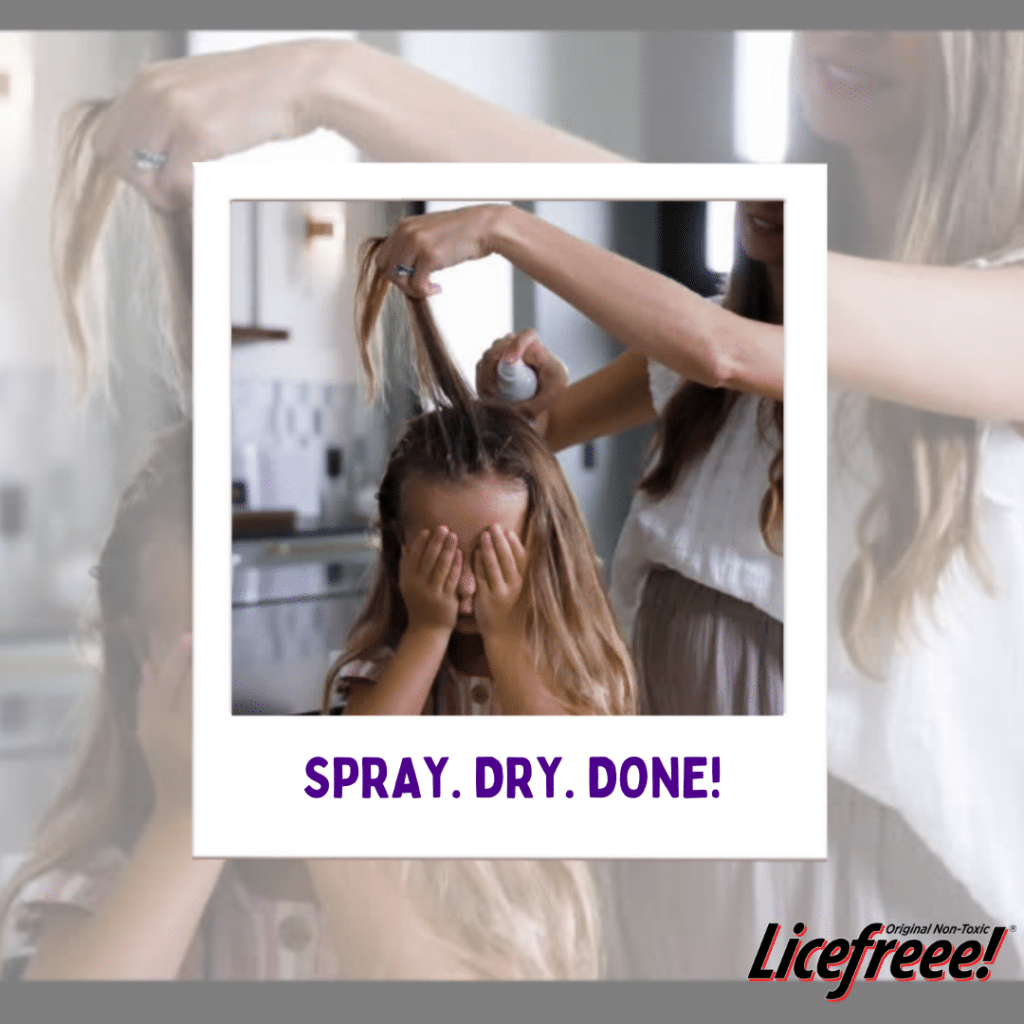
Dealing with a lice infestation can be a stressful and frustrating experience for anyone, whether you’re a parent, teacher, or caregiver. These tiny parasites can quickly spread from person to person, causing discomfort and embarrassment. However, with the right knowledge and treatment, you can banish lice infestations quickly and effectively. In this comprehensive guide, we’ll cover everything you need to know about identifying, treating, and preventing lice infestations.
Common Symptoms of Lice
Identifying a lice infestation early is crucial for effective treatment. Lice are small, wingless insects that feed on human blood, and they can be challenging to spot due to their small size and quick movement. However, there are several common symptoms that may indicate a lice infestation. The most noticeable symptom is persistent itching, especially behind the ears and at the nape of the neck. This itching is caused by an allergic reaction to lice saliva, which is injected into the scalp when they feed. Other symptoms include visible lice or nits (lice eggs) in the hair or on the scalp and red bumps or sores on the scalp caused by scratching. It’s essential to be vigilant and monitor for these symptoms, especially if you or your child has been in close contact with someone who has lice.
How to Check for Lice
Conducting a thorough at-home inspection is the first step in detecting a lice infestation. To perform a head check, start by sectioning the hair into small sections and securing them with clips or hair ties. Next, use a fine-tooth comb to carefully comb through each section of hair, starting from the scalp and working your way down to the ends. Look for live lice or nits attached to the hair shafts, particularly near the scalp, as this is where lice prefer to lay their eggs.
Nits may appear as small, oval-shaped eggs attached to individual hair strands, while adult lice are about the size of a sesame seed and may appear tan or grayish-white in color. Be thorough and check the entire scalp, paying close attention to the areas behind the ears and at the base of the neck, where lice are most likely to hide.
How to Treat Lice
Treating lice promptly is essential to prevent the infestation from spreading to others. There are several treatment options available, including over-the-counter lice shampoos, prescription medications, and home remedies. When choosing a treatment method, it’s essential to select one that targets both lice and nits to ensure complete eradication of the infestation.
One highly effective treatment option is Licefreee Spray, a fast-acting spray that contains natural, homeopathic ingredients like sodium chloride (salt) to kill lice and nits on contact. To use Licefreee Spray, thoroughly saturate the hair and scalp with the spray. Allow the hair to air dry completely, and then, if desired, use a fine-toothed comb to remove any dead lice or nits. Once the treatment is complete, return to normal grooming habits.
What is the Best Treatment for Head Lice?
When it comes to the best treatment for head lice, Licefreee Spray is a top choice for many people. This fast-acting spray contains natural, homeopathic ingredients like sodium chloride (salt) that effectively kill lice and nits on contact, making it an excellent option for busy parents and caregivers. Unlike traditional lice shampoos, which can be messy and time-consuming to apply, Licefreee Spray is easy to use and requires no rinsing or washing after application. Simply apply the spray to the hair and scalp, allow it to dry naturally, and say goodbye to lice and nits without the need for repeat treatments or nit-combing.
How to Prevent Lice
Preventing future lice infestations is possible with some proactive measures. Encourage children to avoid close head-to-head contact with others, as lice spread primarily through direct contact with an infested person’s hair or personal belongings. Teach children to avoid sharing hats, hairbrushes, combs, or other personal items, as lice can easily spread from one person to another through shared items. Conduct routine head checks, especially after potential lice exposure, to detect and treat infestations early. Spread awareness about lice prevention strategies to minimize the risk of infestation in your community, school, or household. By taking these simple steps, you can help keep your family lice-free and avoid the stress and inconvenience of dealing with an infestation.
